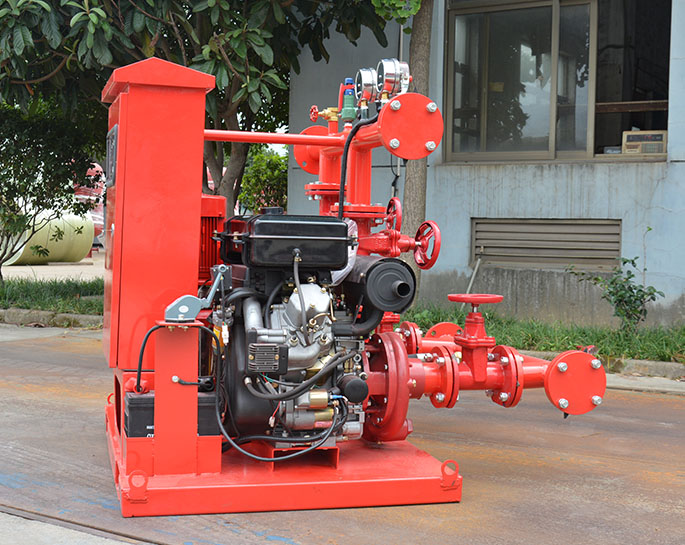Causes of Insufficient Fire Pump Flow
Insufficient fire pump flow can have various underlying causes, and addressing these issues is critical to ensure the fire protection system's effectiveness in an emergency. Here are some common reasons for insufficient fire pump flow:
-
Inadequate Water Supply: The fire pump relies on a sufficient and reliable water supply source. If the water supply is insufficient due to low pressure from the main source or a limited water volume, the fire pump may not be able to generate the required flow.
-
Blocked or Restrictive Piping: Any obstructions, debris, or restrictions in the piping system leading to the fire pump can hinder water flow. This can be caused by sediment buildup, debris, or improperly designed piping.
-
Valve Issues: Closed or partially closed valves in the fire pump system, including inlet and outlet valves, can restrict water flow and reduce the pump's effectiveness.
-
Pump Cavitation: Cavitation occurs when the pump's inlet pressure drops too low, causing the water to vaporize and form bubbles. These bubbles collapse when they enter high-pressure areas of the pump, causing damage and reducing flow efficiency.
-
Air in the System: Air trapped in the pump or piping can disrupt water flow and cause reduced pump efficiency. Proper venting and air release mechanisms are essential to prevent this issue.
-
Pump Impeller Damage or Wear: Damage or wear to the pump impeller can decrease its ability to generate the necessary flow. This can result from cavitation, debris, or other factors.
-
Motor or Drive Issues: Problems with the motor or drive system, such as incorrect wiring, faulty components, or motor overheating, can lead to reduced pump performance.
-
Jockey Pump Malfunction: A jockey pump is used to maintain system pressure during non-emergency situations. If the jockey pump is not functioning properly, it can lead to inadequate pressure and flow when the fire pump activates.
-
Incorrect Pump Sizing: If the fire pump was not sized correctly for the building's fire protection demands, it might not be able to provide the required flow.
-
Electrical Problems: Issues with the electrical supply, such as voltage fluctuations or electrical failures, can impact the motor's performance and subsequently reduce flow.
-
Piping Leaks: Leaks in the piping system can reduce pressure and flow before the water even reaches the fire pump.
-
Pressure Relief Valve Issues: If the pressure relief valve is not functioning correctly, it could be releasing excess pressure prematurely, affecting the system's overall pressure and flow.
-
Maintenance and Lubrication: Insufficient maintenance, lack of proper lubrication, or wear on bearings and other moving parts can reduce pump efficiency and flow.
-
System Design or Installation Problems: Incorrect system design or improper installation can lead to flow problems, such as undersized pipes, inadequate valving, or improper pump placement.
-
Obstructed Water Source: If the water source (such as a tank or reservoir) is obstructed, contaminated, or drained, it can impact the fire pump's ability to draw water.
Regular inspection, maintenance, and testing of the fire pump system are essential to identify and address these issues before they compromise the system's performance during an actual fire emergency. Consulting with fire protection experts and adhering to relevant codes and standards is crucial for ensuring a reliable and effective fire protection system.


.png)
.png)

.png)


